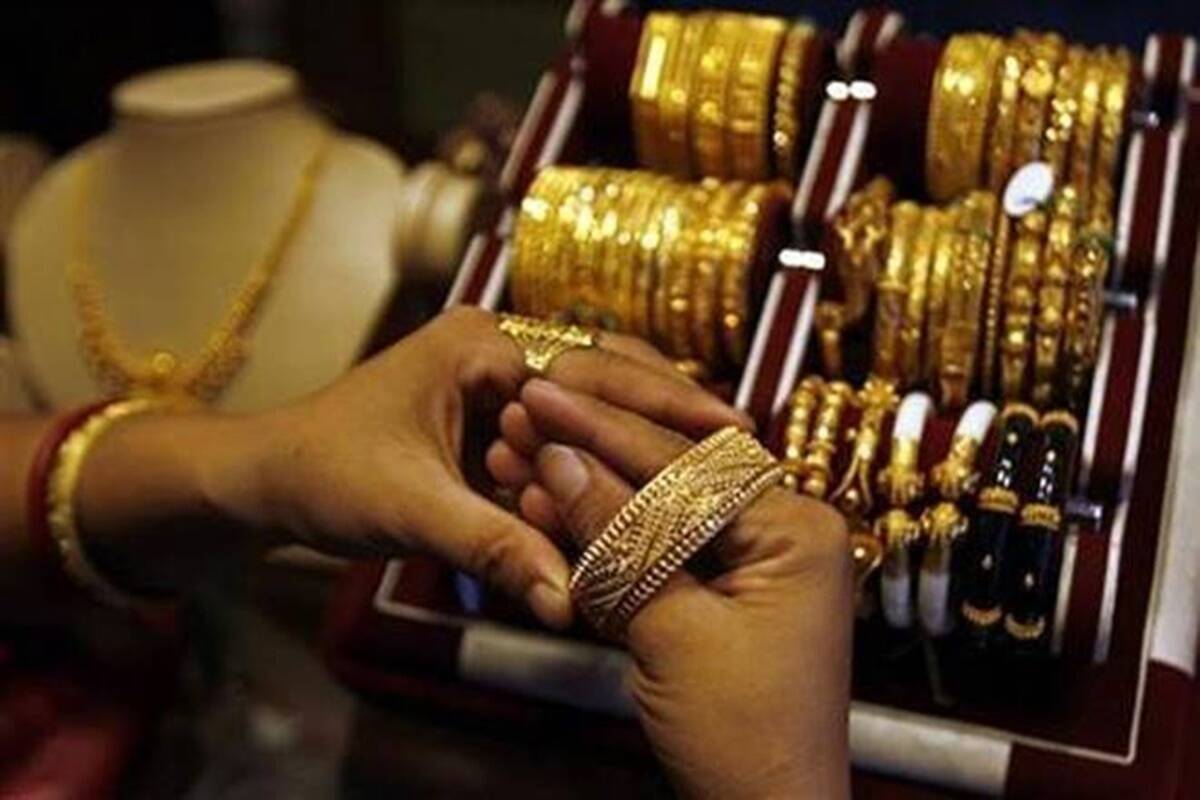Guaranteeing the Reliability of Gold Certificates Via Comprehensive Validation Methods
Wiki Article
Precious metal certificates are significant monetary instruments that indicate ownership of a particular amount of gold. They serve as proof that an individual or entity holds a certain amount of precious metal, often stored in a secure location, such as a bank or a storage facility. The credibility of these certificates is crucial in ensuring the trust of stakeholders and the stability of gold as a form of currency and investment. To preserve this trustworthiness, comprehensive verification methods are necessary. These methods help to verify the genuineness of precious metal certificates and protect against fraud.

One of the main methods for validating precious metal certificates involves checking the issuing institution's credibility. Institutions that provide gold certificates should be reputable and regulated by financial authorities. By reviewing the track record and credibility of these institutions, investors can gain assurance in the documents they hold. Additionally, institutions should have transparent policies regarding their precious metal reserves and the distribution of certificates. This openness allows stakeholders to comprehend how their documents are backed by actual physical precious metal.
Another crucial aspect of validation is the use of serial numbers and unique identifiers on gold certificates. Each certificate should have a distinct identifying number that can be linked back to the specific amount of gold it indicates. This helps avoid copyright certificates and ensures that each document is distinct. Investors can often confirm the identifying number with the originating institution, which can confirm whether the certificate is valid and associated to actual precious metal held in reserve. This process is vital for maintaining the integrity of precious metal certificates in the market.
In addition to organizational checks and identifying numbers, third-party verification services play a significant role in ensuring trustworthiness. These agencies useful source specialize in auditing and verifying the authenticity of precious metal and associated monetary documents. They can offer objective evaluations of the gold reserves held by institutions and validate the legitimacy of gold certificates. Utilizing third-party services adds an extra layer of security and confidence, as these entities often have the knowledge and capabilities to perform comprehensive reviews and checks.
Lastly, stakeholders should remain informed about the market and guidelines regarding precious metal certificates. Understanding the up-to-date developments, regulations, and best practices in the precious metal market can help people make educated choices when purchasing or investing in gold certificates. Regularly monitoring data from reputable sources can also assist in identifying any potential threats or shifts in the market that may useful source affect the trustworthiness of gold certificates. By combining organizational checks, serial number validation, third-party assessments, and ongoing learning, investors can guarantee the trustworthiness and safety of their precious metal certificates.